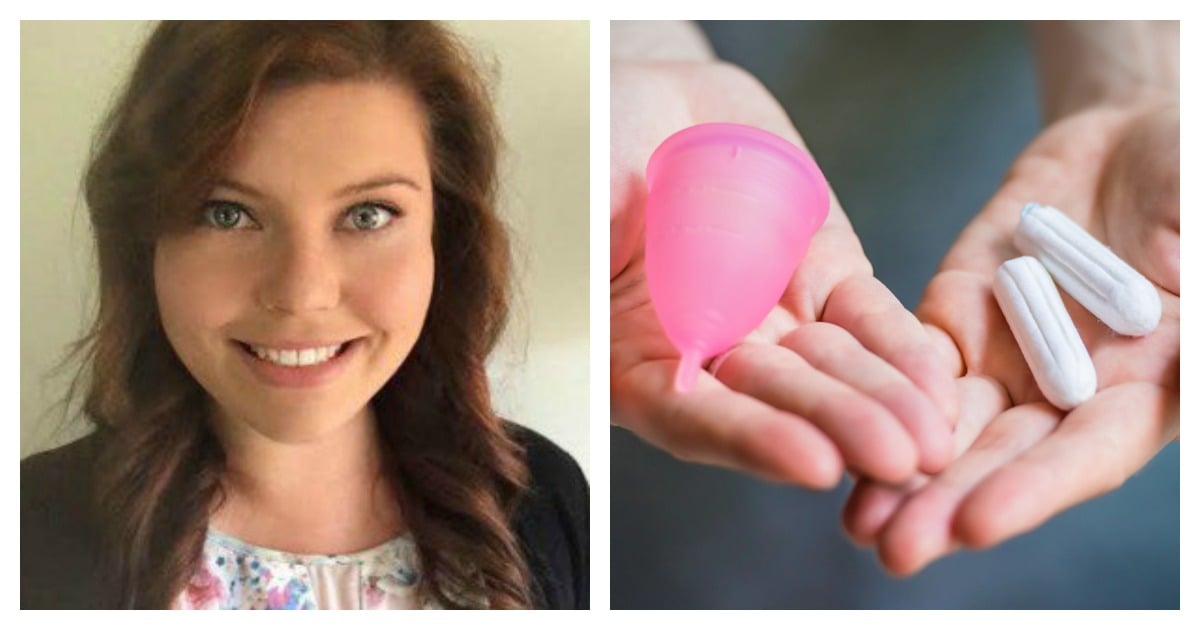
Ladies (and curious gents) let’s talk about cups and no, I don’t mean your bra size. I’m not one to talk about periods, in fact I hate the word “period” the way many hate the word “moist”. But for the sake of my female friends I will share with you, I’ve made the switch to the menstrual cup and you should have a crack at the cup too.
It’s the silicone sanitary product slowly and quietly revolutionising periods. A menstrual cup is used like a tampon but collects blood rather than absorbing it like a giant cotton ball. Feeling like quite the modern woman I was surprised to learn menstrual cups aren’t actually a new idea. These fully internal bell-shaped beauties have been plugging vajayjays for 80 years (seriously girls, we need to start talking to each other more).
Do you avoid using the word ‘period’? Yep, we do too. (Post continues after video.)
Grossed out? Most people are when I first tell them about my choice of menstruation mate but let’s face it, periods are already a bloody mess. I’m lucky enough to go on television shoots for work but when you’re filming for a full day without pee stops it’s a real pain in the arse when you’ve got your monthlies.
We’ve all been there; the panic look for a loo when Aunty Flo – the bitch – makes a surprise visit, using reflective surfaces like shop windows to check your bum for leakage, swamp arse after sitting for hours, oblivious men questioning why you’re taking your massive bag to “pee” or the awkward tampon-into-sleeve-tuck-toilet-run.



Top Comments
I ordered my first DivaCup about 11 years ago and replaced it with a second only about 3 years ago. They're not for everyone but I firmly believe they can improve many people's menstrual experience!
If you have a heavy flow, you need to try a cup -- they hold more than a super tampon.
WOW - Thank you for such a funny, and informative article! I'm intrigued, interested, and now willing to give it a red, hot go!